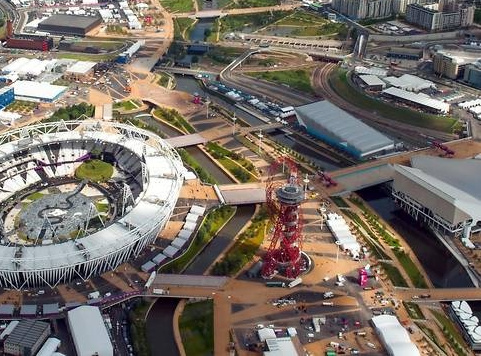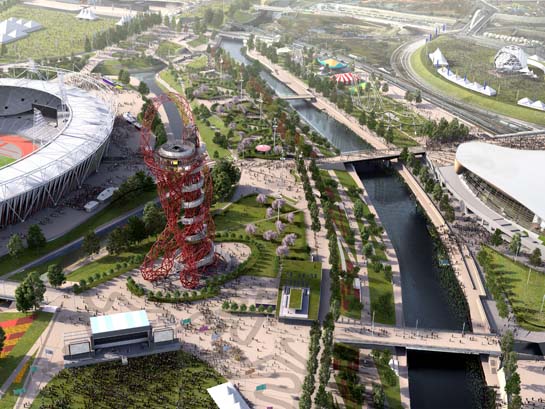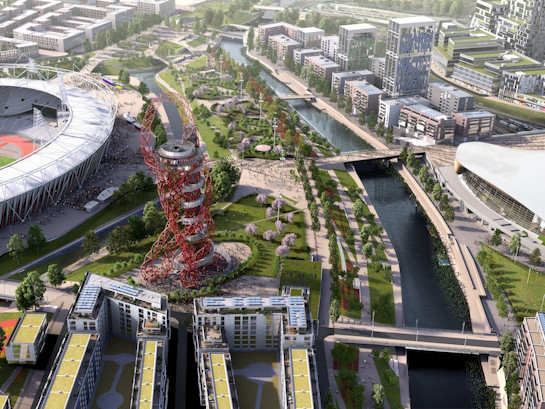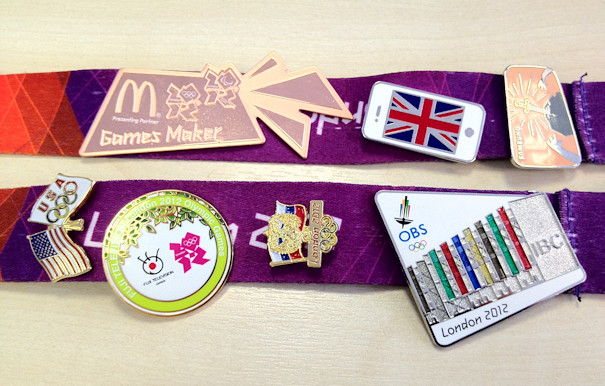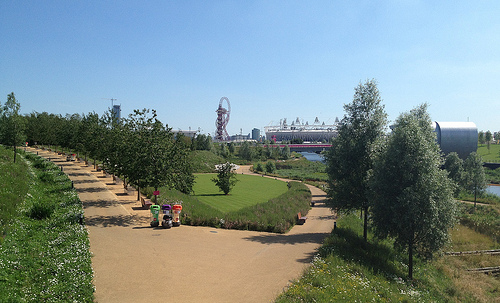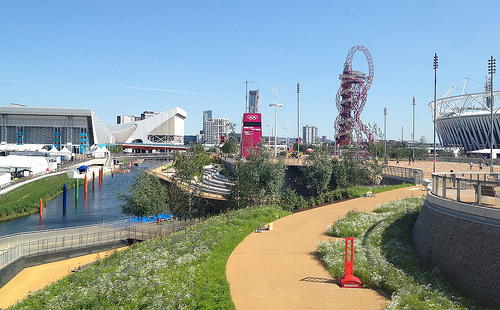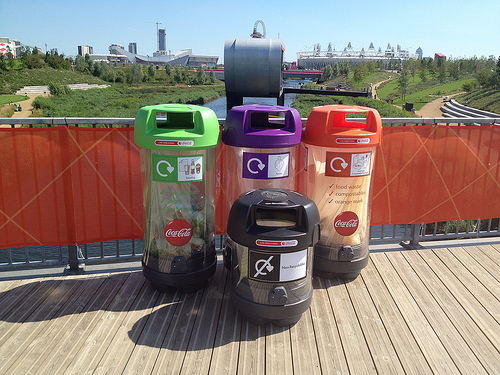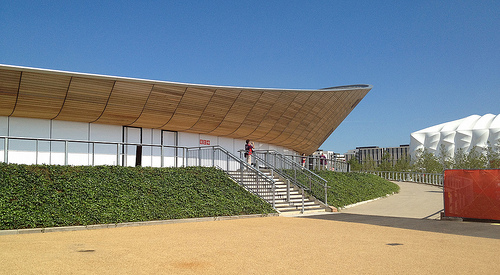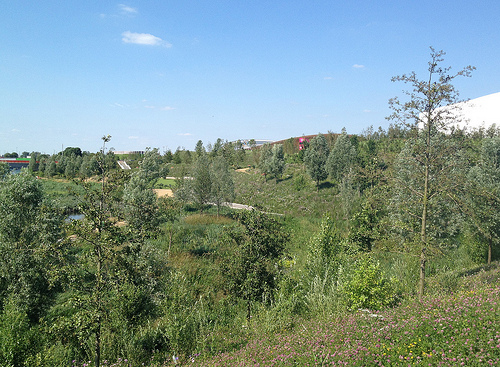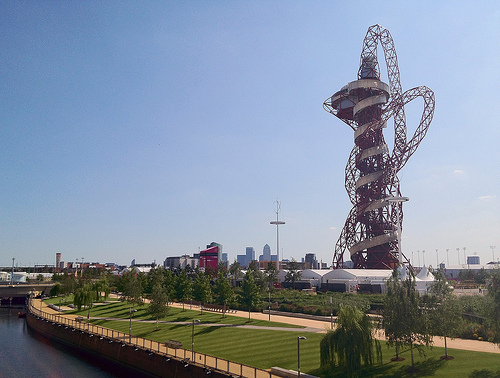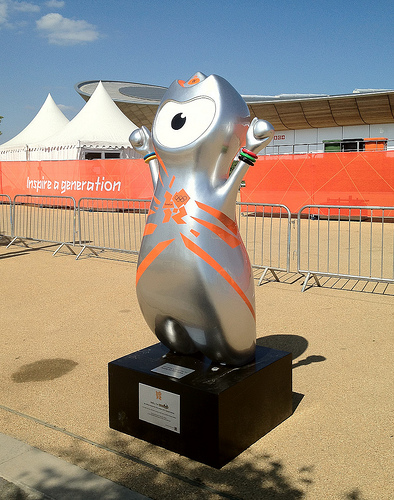
Many of the bike share operators whose systems I’ve mapped have accounts on Twitter – but do they use them to reply to customers, notify of system changes, or just tweet promotional measures? Have they built up an appropriately large set of followers? Do they tweet often? An active Twitter account is good customer service, one that replies to queries is great customer service! (N.B. Google has translated the Velib conversation above from French.)
There are 24 operators, for which I able to find a relevant Twitter account. The following table shows how they use it. This does of course leave several hundred other operators (many very small) for whom I could not find an account.
| City | System Name | Size (Bikes) | Twitter Account | Foll-owers | Repl-ies | Bad News | Score |
|---|---|---|---|---|---|---|---|
| Mexico City | Ecobici | 1100 | @ecobici | 21475 | Yes | Yes | ***** |
| Miami Beach | DecoBike | 540 | @DecoBike | 10321^ | Yes | No | **** |
| London | Barclays Cycle Hire | 6300 | @BarclaysCycle | 6673 | No | Yes | *** |
| Washington DC/Arlington | Capital Bikeshare | 1400 | @bikeshare | 5374 | Yes | Yes | ***** |
| Denver | B-Cycle | 400 | @Denver_Bcycle | 4652 | No | Yes | *** |
| Minneapolis | Nice Ride | 1230 | @niceridemn | 4100 | Yes | Yes | ***** |
| Paris | Velib | 15700 | @Velib_Paris | 3094 | Yes | Yes | **** |
| Boston | Hubway | 700 | @hubway | 3741 | Yes | Yes | ***** |
| Montreal | BIXI | 4300 | @BIXImontreal | 3214 | Yes | Yes | **** |
| Toronto | BIXI | 820 | @BIXItoronto | 2801 | Yes | Yes | **** |
| Barcelona | Bicing | 3800 | @bicing | 2358 | Yes | Yes | **** |
| Boulder | B-Cycle | 120 | @Boulder_Bcycle | 1541 | Yes | Yes | ***** |
| Lille | V’Lille | 1550 | @transpole_actu | 1322^^ | Yes | Yes | *** |
| Bordeaux | VCub | 1300 | @tbc | 1118^^ | No | No | * |
| Melbourne | Melbourne Bike Share | 550 | @MelbBikeShare | 1095 | No | No | *** |
| Chattanooga | Bike Chattanooga | 230 | @BikeChattanooga | 672 | Yes | No | **** |
| Kansas City | B-Cycle | 80 | @BikeShareKC | 608 | No | Yes | **** |
| Broward County | B-Cycle | 150 | @browardbcycle | 498 | Yes | No | **** |
| Rennes | Le Velo Star | 630 | @levelostar | 384 | Yes | Yes | *** |
| San Antonio | B-Cycle | 200 | @SA_Bcycle | 323 | No | Yes | **** |
| Madison | B-Cycle | 220 | @Madison_Bcycle | 319 | No | Yes | **** |
| Tel-Aviv | Tel-o-fun | 860 | @tel_o_fun | 226 | Yes | Yes | *** |
| Brussels | Villo | 3100 | @Villo_brussels | 152 | No | Yes | ** |
| Ottawa | Capitale | 230 | @capitalbixi | 145 | Yes | Yes | *** |
^ = Account also handles smaller bike share systems in other cities.
^^ = Account also handles other public transport in the city.
Operators get a star for being on Twitter, another for having more followers than bikes on the street, another for replying directly to at least some user queries on Twitter, another for tweeting and least some system issues and other “bad news”, and another for having made at least a couple of tweets in the last 48 hours.
Large (500+ bike) systems with no active official Twitter account that appear on bikes.oobrien.com: Brisbane, Luxembourg City, Lyon, Milan, Nice, Saragossa, Valencia and Vienna. Not including Chinese or South Korea systems as Twitter appears to not be widely adopted in these countries, at least in terms of official transport accounts. Metrics were measured on 21 August 2012.


 The lead sponsors were PBSC who are behind the technology for many of the larger North American systems (Montreal, Minneapolis, Washington DC) so there was was a strong bike sharing theme through the conference, and they had a prominent stand with bikes in the various scheme liveries. The stand also had a couple of design updates from the ones you see in London and elsewhere – a “totem-pole” for capturing sunlight to provide power, and a slots that takes credit cards as well as the existing key-fobs. There is no indication that these updates will be making it to London anytime soon though. B-Cycle, who supply and run many of the smaller systems in the US (e.g. Denver, San Antonio) also had a stand with their own Trek-built bikes, which have a distinctly different look.
The lead sponsors were PBSC who are behind the technology for many of the larger North American systems (Montreal, Minneapolis, Washington DC) so there was was a strong bike sharing theme through the conference, and they had a prominent stand with bikes in the various scheme liveries. The stand also had a couple of design updates from the ones you see in London and elsewhere – a “totem-pole” for capturing sunlight to provide power, and a slots that takes credit cards as well as the existing key-fobs. There is no indication that these updates will be making it to London anytime soon though. B-Cycle, who supply and run many of the smaller systems in the US (e.g. Denver, San Antonio) also had a stand with their own Trek-built bikes, which have a distinctly different look.



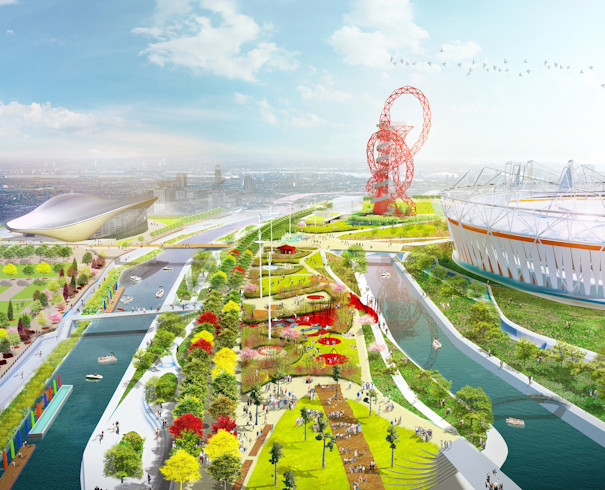
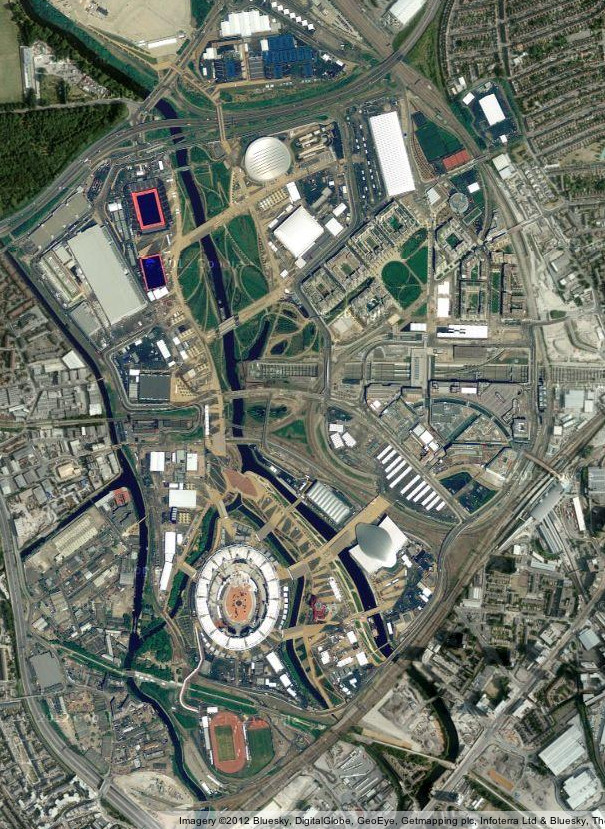
 There’s a new, temporary panel on the
There’s a new, temporary panel on the 